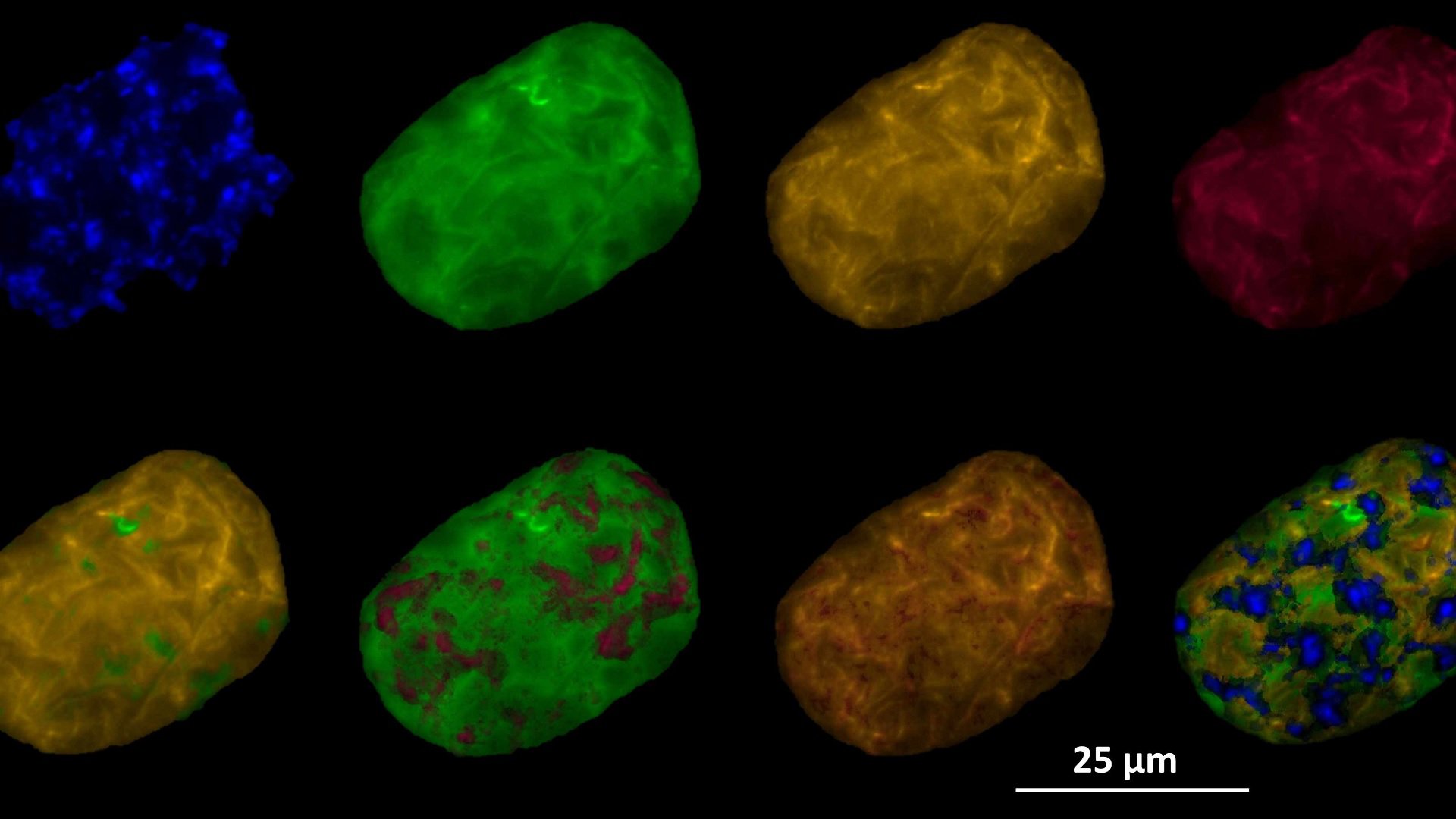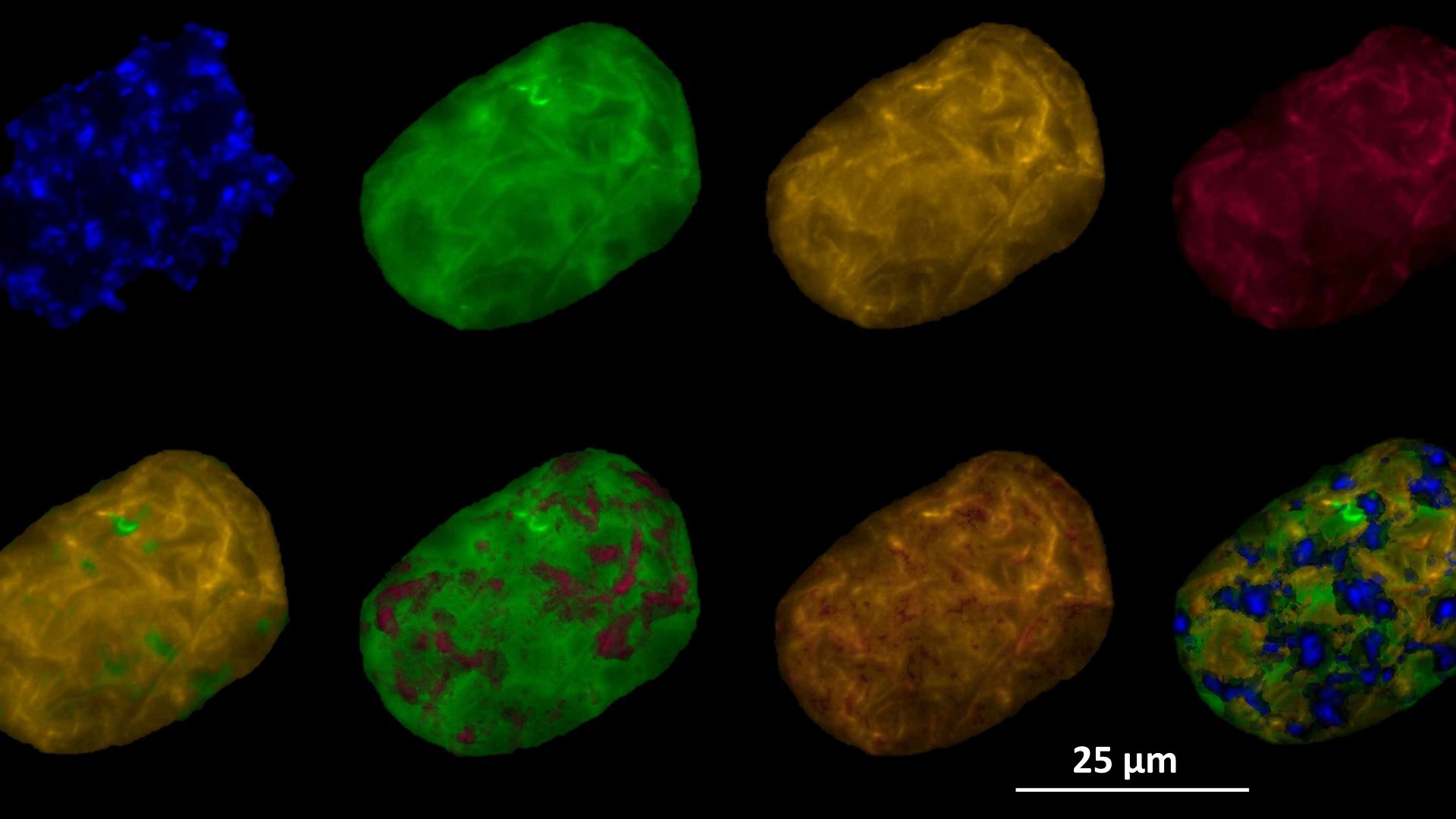Colossal conformer
Achromatium oxaliferum is the largest freshwater bacteria known. The individuals of this species are as much as 30,000 times larger than other bacteria commonly found in water. A. oxaliferum is not only special because of its size, but also because of the many places it occurs. Bacteria often specialize in a certain environment in order to survive there optimally. But not these bacteria.
Bacteria are also known for their ability to adapt quickly to their environment. This is done through natural selection. When a bacterium (or other organism) reproduces, part of its genes go to their offspring. Changes in genes (mutations), or a different composition of genes, can lead to new characteristics in an individual. If this individual is able to adapt better to the environment than others, selection occurs. Genes that promote survival are passed on to subsequent offspring, and so on. If this happens for a long time, the result is a new species that is genetically different from the ancestor bacteria and different from related bacteria.

Image of A. oxaliferum cells with fluorescence-microscopy. Image: M. Bizic-Ionescu / IGB.
Universal but unique
A. oxaliferum is different. In a recently published study in the journal Molecular Biology and Evolution, researchers looked at A. oxaliferum in a variety of environments and compared the genetic information of all these individuals. This species has hundreds of chromosomes, that is, hundreds of pieces of DNA. Generally, bacteria only have one piece of DNA. It turns out that A. oxaliferum can survive in different environments with these gene packages. By switching on and off only the necessary genes, it can adapt to the environment it’s in at that moment, without losing the unused genes. In comparison, this is as if a human were to save the genes for hair all over the body, in case we end up somewhere at the South Pole. And when that person is at the South Pole, that he turns on other genes and after a few hours is full of hair.
Hoarder of genes
The researchers suggest that these bacteria adapt by multiplying several copies of useful genes and then store them. The cytoplasm (the cell fluid in a cell with all cell components in it) of A. oxaliferum is full of calcium crystals. The researchers suspect that these crystals form small compartments in the cytoplasm and that inactive genes are "stored" that are not in use at that time.
| https://www.sciencedaily.com/releases/2020/11/201119141705.htm |

